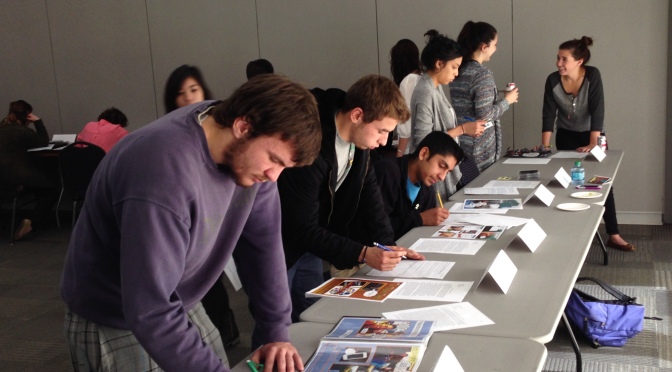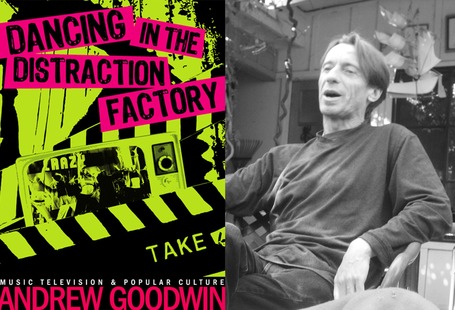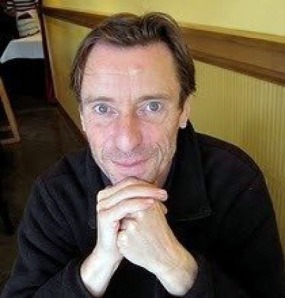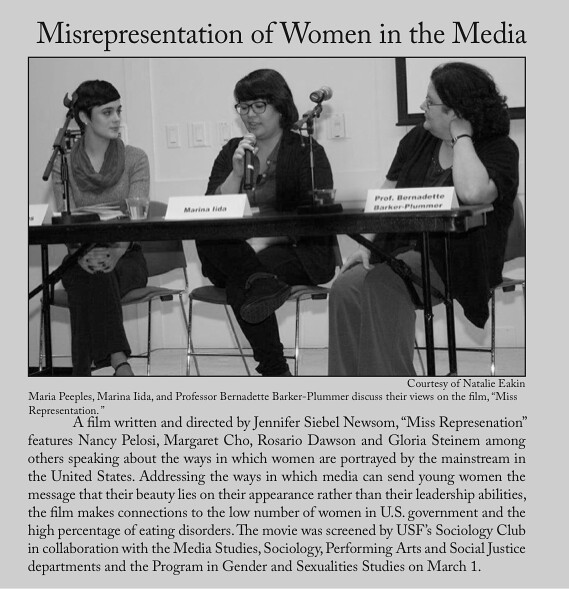Documentarian and director Rodney Ascher plans to visit USF on Oct. 18 to present a screening of his latest movie, “Room 237.” The film, which made a successful theatrical premiere last year, revolves around Stanley Kubrick’s “The Shining” and its perceived meanings. “Room 237” consists of clips from other Kubrick films and voice-over interviews with passionate Kubrick enthusiasts. While many view “The Shining” as a simple horror/thriller flick, Ascher’s documentary aims to shed light on the possible conspiracy theories that result from the typically enigmatic Kubrick film.
I recently had the pleasure of discussing the film with Professor Daniel Plotnick of the media studies department, who is hosting the screening event on campus.
Foghorn: What is “Room 237”?
Plotnick: “Room 237” is a documentary about Stanley Kubrick’s “The Shining,” and it’s one of those films that people are quite obsessed about. Rodney interviewed five people that are totally obsessed with “The Shining” that have all these interpretations of how to analyze the film and the secret messages embedded within the film. Like there’s one person who thinks that if you look at the film carefully, it proves that Kubrick faked the moon landing. There’s someone else who says it’s a commentary on how the Americans took the country away from the Native Americans. So the film is really about the people that get obsessed with any particular text. He uses lots of clips from “The Shining” and other bits from film history to visually construct the argument. And you never see the interviewees; you just hear them.
Foghorn: So the film focuses more on “The Shining” as an art film more so than a thriller or horror.
Plotnick: Yeah, and it’s got this whole postmodern edge — because even if Kubrick didn’t intend for it to be seen this way, this is how people are reading into it. And so it’s really a question of art and how we interpret a piece of art, and does the intentionality of the artist even make a difference or is it really just about how the audience receives it?
Foghorn: Does the film talk about Stephen King’s motives, or does it mostly focus on Kubrick?
Plotnick: It mostly focuses on the film. There are definitely moments where “Room 237” talks about the adaptation and how it did things to piss Stephen King off — but then again, this is a person’s interpretation and them ascribing motives to Kubrick. Like, “the color of the car is not the color of the car in the book,” or something like that.
Foghorn: How did you get involved?
Plotnick: Rodney is an old friend of mine, and he’s been a part of the underground film scene for years — and he’s originally from Miami, but he’s lived in San Francisco for a while where we became better friends. He lives in L.A. now, and he’s just someone who’s been making really great, fun films. And this film had great reviews: It made a theatrical release, and hopefully it’ll get nominated for an Academy Award. It’s been definitely one of the bigger box office documentaries of the year.
Foghorn: Would you say that watching [“The Shining”] again gave you this motivation to really delve into “Room 237” when watching it?
Plotnick: Yeah, absolutely. And part of the thing that “Room 237” riffs on is that “The Shining” came out during the dawn of home VCRs. Like, let’s say you were watching “A Clockwork Orange” for example, when it came out — and the only time you’d be able to see it again would be if it showed again in the theaters. So people didn’t study movies back then as closely as they did post the advent of the VCR. Once the VCR came out, you could watch “The Shining” over and over again. People of your generation grew up with DVDs, so there were movies that you probably had when you were a kid that you could watch a hundred times, which is a totally different experience if you grew up in the 60s or 70s. Now, there was “The Shining” that people could get obsessed about because they could watch it over and over again. And I think part of Rodney’s reasoning for picking “The Shining” is that it coincides with that advent of the VCR, and people could read into it like text. Like, “the positioning of Calumet cans in ‘The Shining’ proves things that Kubrick is trying to do!” If you just watched it once in the theater, you wouldn’t pick something like that up.
Foghorn: I feel like with Kubrick’s movies, he definitely goes all out in everything.
Plotnick: Yes, he’s really meticulous. And one of the things that gets brought up in the film is that, because Kubrick is such a meticulous filmmaker, everything the audience sees is there for a reason. That can of Calumet is there because Kubrick put it there; it isn’t there by chance. So therefore, what does he mean by that placement of that object by that object in that frame at that moment in the film? I think that’s another reason why people get obsessed over something like “The Shining” rather than something that’s more of a pop hit: because of the idea that this filmmaker is in total control.
Foghorn: Have you brought up “Room 237” or “The Shining” in any of your classes?
Plotnick: I often show a lot of Kubrick clips in my class to talk about cinematography, so there will be times when I’ll show something from “The Shining” — but it’s not a film that I spend a lot of time looking at or talking about, because I had just recently seen the film again. To me, it was always that I love Kubrick, but “The Shining” was always way down on my list.
Foghorn: Do you have any closing words about “Room 237”?
Plotnick: I think it’s now out officially, and you can watch it through iTunes or rent it online. I would check it out, and I would check out “The Shining,” and I would come to the screening next week because Rodney is someone that’s done a lot of cool, animated stuff — and he’s someone that’s super fun. He’s gonna show a lot of clips, and he’s gonna break down the film, and I think it’ll be a pretty exciting opportunity.
The screening of “Room 237” with the director Rodney Ascher will be on Friday, Oct. 18, 11:45 a.m. – 1:45 p.m., in Fromm Hall 115 (Berman Room).







